by Lisa Cooke | Sep 24, 2014 | 01 What's New, Digital Archives, Listeners & Readers, Maps, Norwegian
Recently we heard from Gordon in Billings, Montana, U.S.A, who passed on news about historical Norwegian maps online now at their National Map 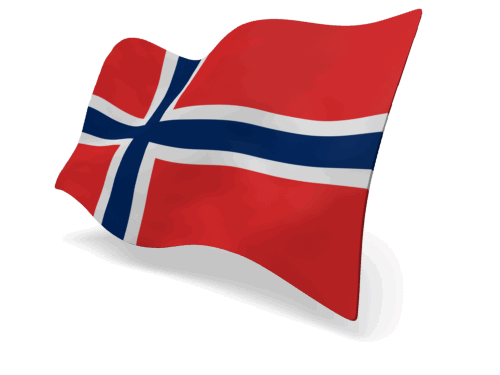 Works. He says:
Works. He says:
“I have been enjoying your podcasts for a couple of years now, so I though I would pass on a piece of information that some of your listeners might want to hear about.
I don’t know how many of them do research in Norway like I do but I suspect that most of the ones that do, do not make a habit of reading the Norwegian newspapers. Since my wife was born in Norway, we do read her hometown paper on a regular basis. Just yesterday, that paper, Bergens Tidende, had an article reporting that the “Statens Kartverk” (the National Map Works) has recently digitized and posted on-line 8000 historical maps of Norway. (Click here for the article.)
Unfortunately, the website for the maps has not put a link in their English section yet, but there isn’t much to read beyond place names on the maps anyway. You can view the maps here.
Just choose a county, click the green button, and see a wonderful collection of maps for anyone with ancestors from Norway.”
Thanks for the tip, Gordon! I’ll add this tip of my own: Open the website in Chrome and Chrome will automatically offer to translate the website. Simply click the Translate button, like you’ll see below:
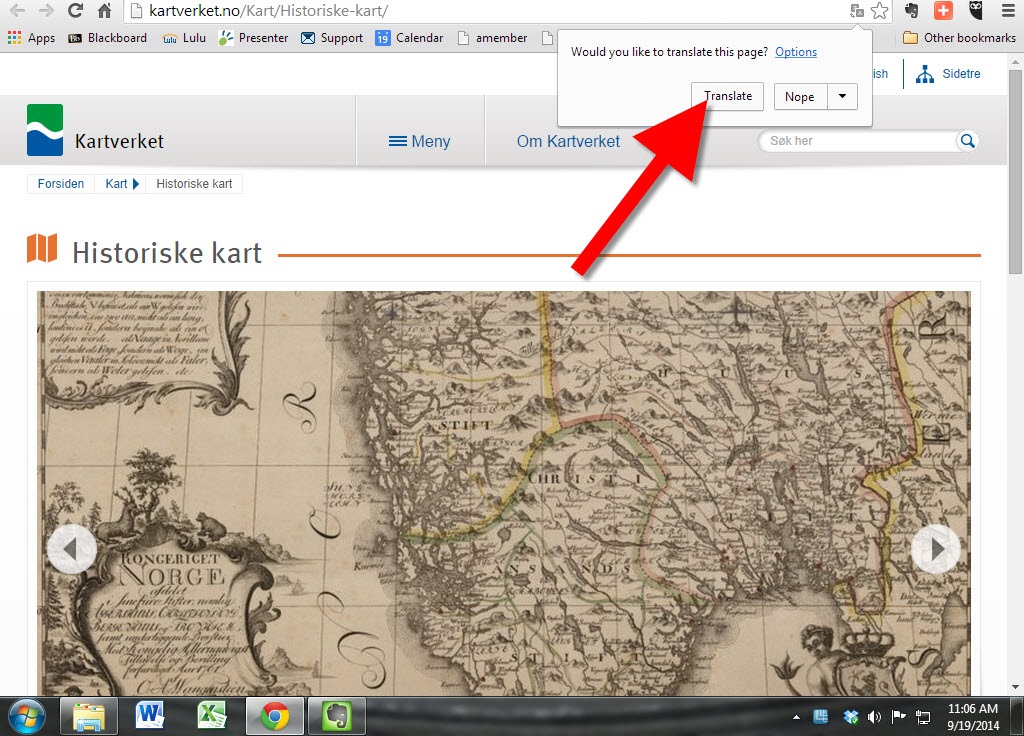
by | Sep 8, 2014 | 01 What's New, Beginner, British, History, Research Skills
 Family History: Genealogy Made Easy
Family History: Genealogy Made Easy
with Lisa Louise Cooke
Republished 2014
[display_podcast]
Download the Show Notes for this Episode
Welcome to this step-by-step series for beginning genealogists—and more experienced ones who want to brush up or learn something new. I first ran this series in 2008-09. So many people have asked about it, I’m bringing it back in weekly segments.
Episode 43: The Julian Calendar and Genealogy “Double-Dating”
If you’re not familiar with how the calendar has changed through history, you might be recording incorrect dates in your family tree! In this episode, Margery Bell, Assistant Director of the Regional Family History Center in Oakland, California helps us understand the “double-dating” we see in old documents and translate those dates from the Julian calendar to today’s Gregorian system.
The Julian Calendar
In 1582, the Roman Catholic Pope Gregory learned that gradually the vernal equinox wasn’t coming on the “right day.” At the time, the first day of the new year was March 25. This explains why the name of September (“sept”=seven) translates as “the seventh month: and October (“oct”=eight) as the eighth month, etc.
So in 1582, the calendar changed in the four countries under papal authority: Spain, Portugal, Italy and the Polish-Lithuanian state. Gradually over time, everyone else adapted to what became called the “Gregorian calendar,” and is what we use now. But you might be surprised how long the Julian calendar was still used in some places: Greece held out until 1923.
Great Britain changed over to the Gregorian calendar is 1752—and so did its colonies. But here in the North American colonies we were affected by the change long before because we had people here from so many nations in which either calendar might be used.
The solution in U.S. colonial record-keeping was “double-dating.” Maybe you’ve seen a date that reads “3 February 1685/6.” That means it was 1685 by the old Julian calendar and 1686 according to the Gregorian calendar. You’ll see this double-dating used between January 1 -March 25, when the time frame overlapped. You might also see a single date with the abbreviation “o.s.” or “n.s” for “old style” or “new style,” or you might see those words written out. If it’s written in the new calendar style, of course, you don’t have to translate the date.
Why does it matter to a genealogist which style is used? If you don’t translate the date correctly, you’ll get confused about timing. The change from one calendar to the next involved dropping several days from the calendar in 1752, then renumbering the months. March was the first month of 1725, for example, and January 1725 actually came after it—that was the eleventh month! It will look like people have their will probated before they died, or they had a baby before they got married.
Top tips from Margery Bell:
- If you don’t see double-dating in a colonial document before 1752, assume you’re on the old calendar. See a sample at George Washington family bible with birthdate. (Listen to the podcast to see how his birthday as celebrated today was translated out of that calendar.)
- Some vital or church records may be written as “the second day of the third month.” If they were following the old calendar, we will “translate” that date incorrectly if we don’t know better. Go back and double-check the sources for your older dates. That includes making sure that any dates you copied from an index (if you couldn’t get to the original record) were indexed accurately.
- FamilySearch has a lot of data from the IGI, the International Genealogy Index. These older records include a LOT of Julian calendar items but the IGI doesn’t indicate whether that’s true. If you see two different marriage records for the same couple married on two separate dates, translate them and see if one is perhaps the adjusted date and the other didn’t get “translated.”
Genealogy Gems Mailbox
 Don in Oklahoma writes in to ask about how to record the last names of women, and how those names affect Ancestry’s Family Trees to seek out corresponding genealogical records.
Don in Oklahoma writes in to ask about how to record the last names of women, and how those names affect Ancestry’s Family Trees to seek out corresponding genealogical records.
Women should be entered in family trees with their maiden names. Then they are linked to men they marry in family trees, and that’s how you can determine their married surname. I double-checked with the Ancestry Insider blogger about Ancestry searches. He says that Ancestry “shaky leaf” hints search on both a woman’s maiden name and all her husband’s surnames. Thanks for that extra tip, Ancestry Insider!
by Lisa Cooke | Aug 19, 2014 | 01 What's New, Ancestry, Publishing
Alexander’s, the long time MyCanvas printer will be receiving ownership. Ancestry exec Eric Shoup issued this statement today explaining the transition.
“This past June, we announced that we were retiring the MyCanvas website and service in September 2014.
We’ve heard from many people who love MyCanvas and hate the idea of it going away. Well, we have some good news for you: It’s not going away after all. We listened and decided not to retire MyCanvas, but instead transfer the website to Alexander’s.
Founded 35 years ago, Alexander’s is a Utah-based printing production company that has been the long-term printer of MyCanvas products including its genealogy books, calendars, and other printed products. This makes the transition of MyCanvas to Alexander’s a natural fit.
It’s our hope that this agreement will not change the experience for MyCanvas customers. In fact, Alexander’s plans to make some exciting improvements we think you’ll love. Additionally, MyCanvas will continue to be available from the Ancestry.com website as we believe in the importance of sharing family history discoveries and see MyCanvas as a way to deliver this ability to our customers.
The transition of MyCanvas will take about six months. But in the meantime, all MyCanvas projects will remain accessible on Ancestry.com until it moves over to Alexander’s next year. We will continue to communicate details as the transition moves forward.
We want to thank our loyal MyCanvas customers for all the projects you have built and printed with us over the years. We’re excited about this new owner of MyCanvas—and we think you will be too.”
According to Alexander’s website “more than 60 team members work full-time from Alexander’s 45,000 square-foot corporate headquarters in Lindon, 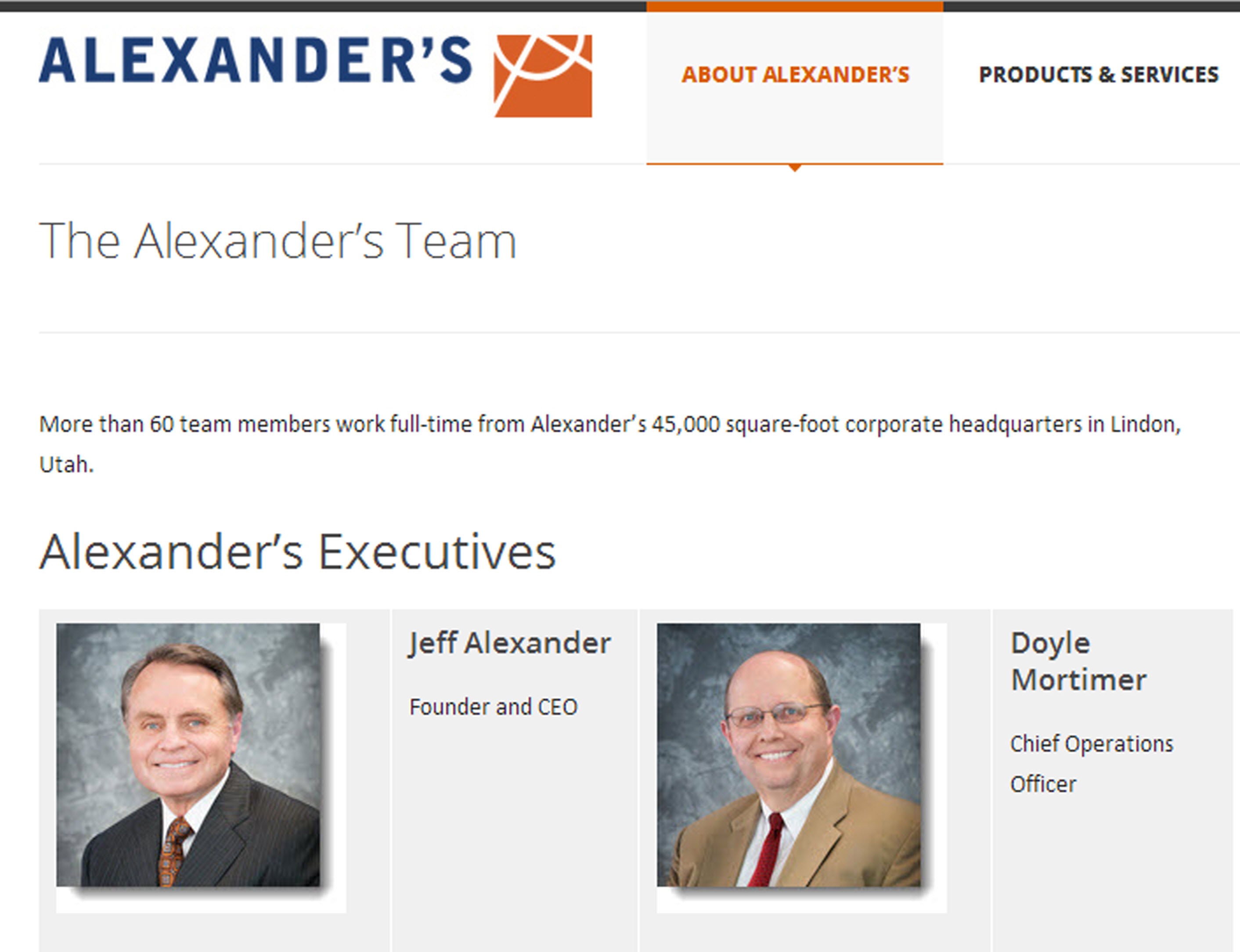 Utah.”
Utah.”
Genealogy Gems listeners have already started expressing their relief at the Genealogy Gems Facebook page. Katharine says: “Maybe all the comments helped! I’m relieved.”
by Lisa Cooke | Aug 19, 2014 | 01 What's New, Who Do You Think You Are?
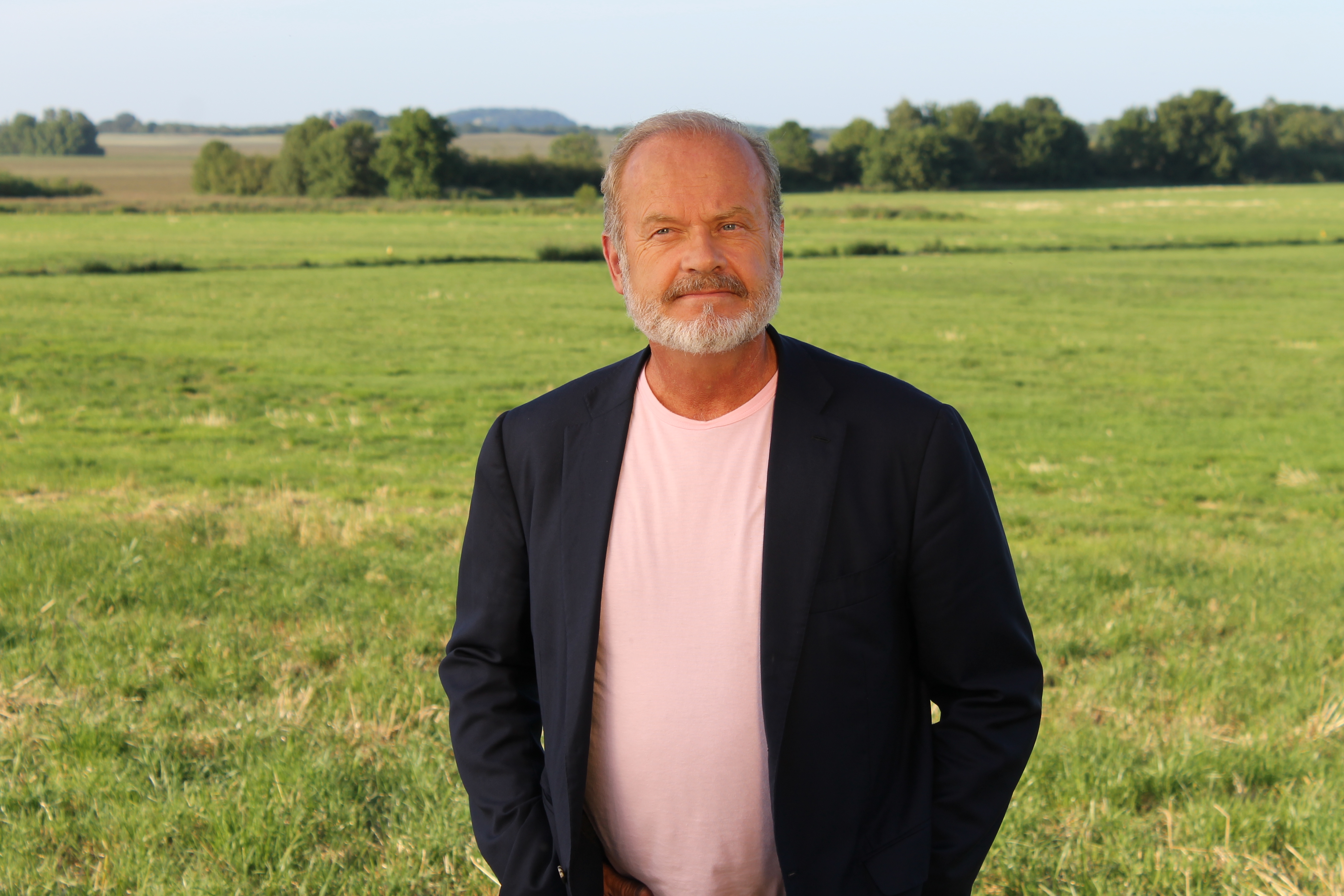
It’s another exciting week of family history TV on TLC! Here’s the latest and a video sneak peek:
“TLC’s two time Emmy-nominated series continues, and this week actor Kelsey Grammer explores his family history tomorrow night, August 20 at 9/8c.
Watch the sneak peek video:
In his episode, Kelsey Grammer takes a trip into the past to explore his beloved grandmother’s family. He uncovers the story of a woman haunted by demons, and finds a connection to family who risked everything in one of the greatest migrations in American history.”
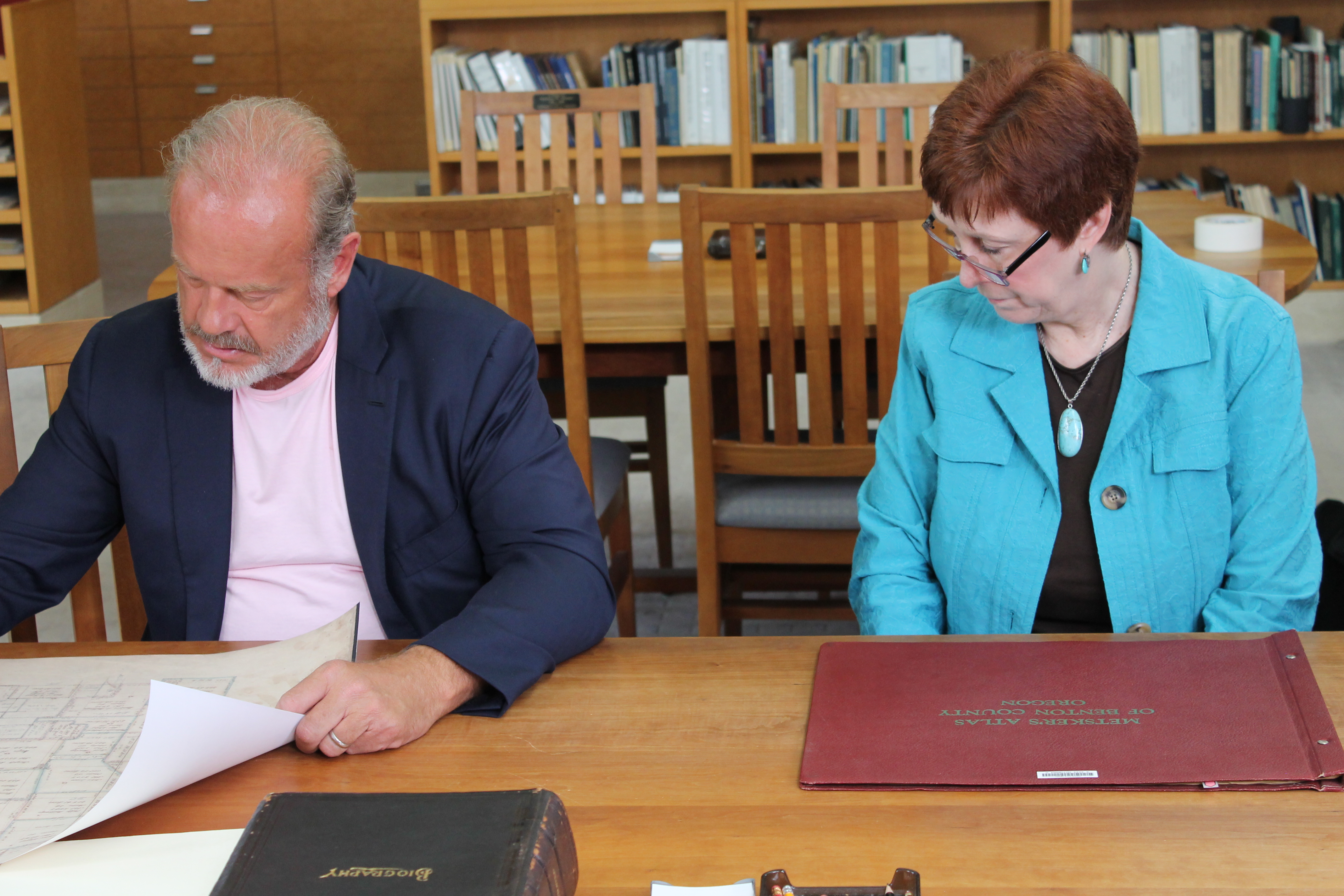
Kelsey Grammer with Archivist Layne Sawyer (Courtesy TLC)
More WDYTYA Good News:
TLC has acquired episodes from previous seasons of the Who Do You Think You Are? Tomorrow night two earlier episodes will make their debut on the cable channel. Enjoy encores of Reba McEntire’s episode at 8/9c, and Vanessa Williams’ episode at 10/9c. Back when the episode originally aired Vanessa Williams made an appearance on Genealogy Gems Premium Podcast episode 63 which members can listen to as part of the Premium podcast archive which features over 100 exclusive episodes.
Next week Minnie Driver’s episode will air as the season finale on August 27. Next week’s encore episodes will include Tim McGraw and Rita Wilson.
by Lisa Cooke | Aug 13, 2014 | 01 What's New, Beginner, Blogs, Family History Podcast, Social Media

Listen to the Family History: Genealogy Made Easy podcast by Lisa Louise Cooke. It’s a great series for learning the research ropes and well as refreshing your skills.
Family History: Genealogy Made Easy
with Lisa Louise Cooke
Republished August 13, 2014
[display_podcast]
Download the Show Notes for this Episode
Welcome to this step-by-step series for beginning genealogists—and more experienced ones who want to brush up or learn something new. I first ran this series in 2008-09. So many people have asked about it, I’m bringing it back in weekly segments.
Episode 41: How to Start a Genealogy Blog, Part 4: Get Inspired!
This week I’m working on a brand new and exciting project that I will tell you more about at the end of the show. But because I’ve got my head down this week and I’m working diligently to meet my deadlines, I’m going to take a little bit of a different approach to this episode.
We’ve been talking quite a bit about family history blogging in the last few episodes, and I have a few goodies for you this week that should help you make significant progress in creating your own blog if that’s something you’d like to do, and some goodies from other genealogy bloggers that will inspire and entertain you.
Blog post: Finding Charlie Stone, by Lee Drew
I really enjoy reading genealogy blogs that share insight into how the bloggers research has enriched their lives and I particularly enjoy reading the family stories they uncover along their journey.
In Episode 69 of the Genealogy Gems Podcast I featured a blogger reading one of their favorite blog posts (and my favorite for that matter) for the first time on the show. Lee Drew read his post My Mother Was A Quilter – the charming story of his early years growing up in a family of quilting women, and how his life hasn’t changed that much because he is surrounded by them today with his own wife, daughters and daughter-in-laws.
So sit back and enjoy another blog post called Finding Charlie Stone, by Lee Drew, who blogs at FamHist 2 and Lineage Keeper.
Did you start your blog?
I have another talented genealogy blogger for you in this episode, but before we hear from her, I want to say that I hope you took a few minutes to follow the steps outlined in Episode 40 of this podcast and got your own blog started. Remember, you don’t have to make it public – so you can dabble all you want and only share if and when you’re ready.
To help you along I have produced two videos for you that walk you through those same steps, but in the videos I show you live on the computer screen how it’s done. So head to my Genealogy Gems TV Channel at YouTube to watch How to Blog Your Family History, Part 1 & How to Blog Your Family History, Part 2. Rest assured, there are more videos to come because we have only scratched the surface in creating your blog and actually blogging.
Blog Post: How Blogging Has Benefited My Research by Amy Coffin
Here’s a goodie from Amy Coffin who has a masters in Library science and is an avid genealogist who specializes in the use of Web 2.0 technologies to maximize research results. Her experience in the library world has led to a firm belief in the benefits of social networking and blogging to enhance the genealogy experience. Through her web site, www.AmyCoffin.com, Amy offers ideas on how others can maintain blogs and open up their own family history to whole new levels. When she’s not helping clients with their research, Amy shares her own personal genealogy adventures at her We Tree blog. In this blog post, Amy shares a story about how blogging has benefited her research.
My Next Big Project: Family Tree University
We will be finishing up our family history blogging lesson next week with adding a few more gadgets and details, doing a bit of pre-planning for our blog posts, publishing our first article, and then talking about how your readers will subscribe to your blog.
But as promised at the beginning of this episode I’m excited to tell you about a new project that I’m involved with that I think you will really love.
The folks at Family Tree Magazine are putting together a really exciting and innovative online educational website, Family Tree University. They’ve asked me to develop some of the first of many online classes they’ll be offering.
Right now I’m putting the finishing touches on my class called Google for Genealogy. We’ve talked about various Google tools on both my podcasts and in this class we’re going to wade all the way and go in depth!
 Works. He says:
Works. He says:



 Utah.”
Utah.”





